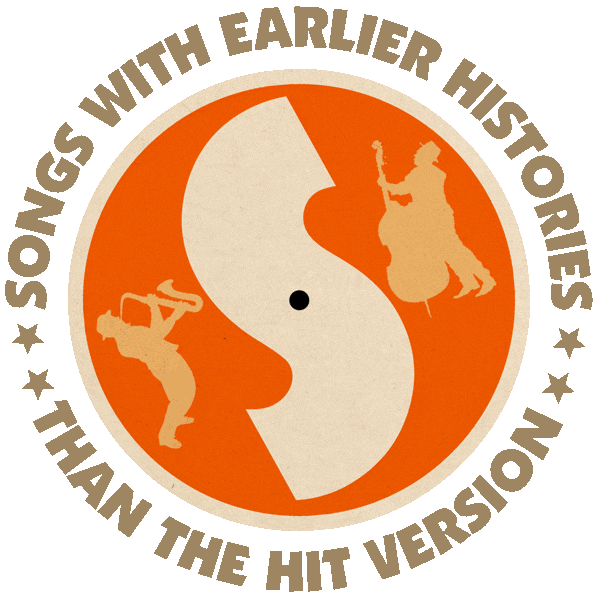First recorded by Dusty Springfield (recorded ca. 1989, released 1997).
Hit version by Sadao Watanabe & Patti Austin (US #6 1990).
From the wiki: “‘Any Other Fool’ was written by Diane Warren (‘Set the Night to Music‘, ‘Because You Loved Me’) and Robbie Buchanan. It was first recorded in late 1988 or early 1989 by Dusty Springfield for a planned inclusion on her album, Reputation.
“But, Springfield was said to have been upset that Warren had also given the song to someone else when it had been promised to her. She then chose not to include her own recording when Reputation was released in 1990. But, in 1997, when the album was repackaged and re-released (only in the UK), as Reputation and Rarities, Springfield’s recording of ‘Any Other Fool’ was included as a bonus CD track.
“That ‘someone else’ were Sadao Watanabe and Patti Austin, whose recording of ‘Any Other Fool’ was released as a single on Dec. 9, 1989 from Watanabe’s Front Seat album. Their single peaked at #6 on the Billboard Hot 100 on Feb. 24, 1990, spending a total of 23 weeks on the chart.”

